Growing cannabis is a journey that begins with a tiny and inconspicuous seed. A process in which precision and patience, together with the right balance of moisture, heat and light, awakens the life force in that seed, laying a solid foundation for the plant. Whether you are a seasoned grower or a curious beginner, our article will provide you with useful information and practical tips to help you grow strong, robust, and productive plants of different cannabis varieties.
Interesting facts:
"Cannabis seeds typically take 3 to 10 days to germinate, but under optimal conditions, they can begin the germination process in less than 24 hours. Factors such as seed quality, humidity, temperature, and environmental conditions play a crucial role in achieving rapid germination."
If you ask the question how long does it take for cannabis seeds to germinate, the answer may vary: usually between 24 hours and 7 days. This period depends on several factors, such as the quality of the seeds, environmental conditions, and the chosen germination method. In this article, we'll take a closer look at all of these nuances to give you a complete picture of what to expect and how you can speed up your seed's awakening.
Germinating cannabis seeds
The germination of cannabis seeds can be affected by: seed quality, environmental conditions, and seed type. High quality cannabis seeds germinate faster. Ideal conditions are temperatures between 21 and 29°C and humidity between 70 and 80%. Regular cannabis seeds take 3 to 10 days to germinate. Feminized and autoflowering cannabis seeds can germinate faster using certain methods.
The germination process begins with the initial soaking of the seeds, after which signs of life begin to appear. The appearance of a white tip at the seed indicates that it is ready to be planted in the soil. This process must be carefully controlled to prevent problems such as rooting and seedling stress.
Timing of hemp seed germination
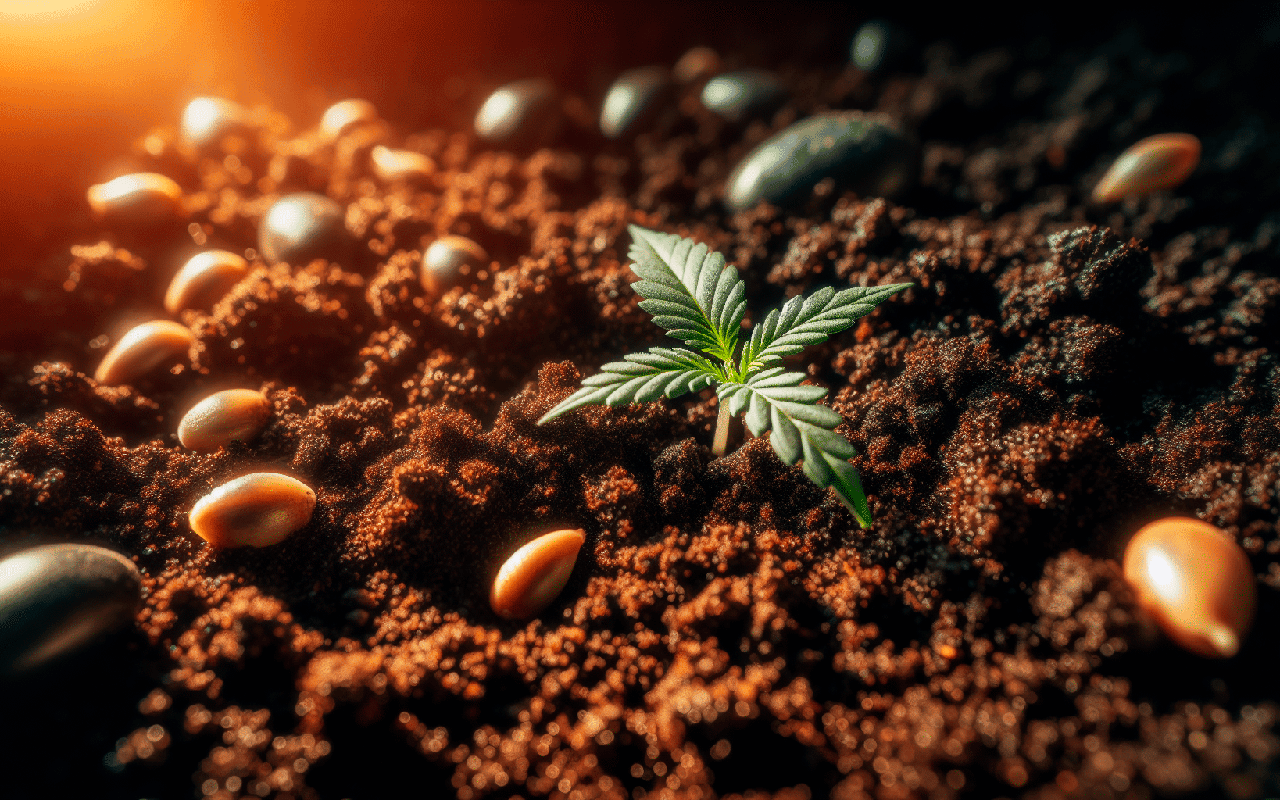
Various factors can affect the germination rate of hemp seeds. Seed quality plays an important role in germination rate - the higher the quality, the faster the germination. In addition, environmental conditions, such as temperature, humidity and light, as well as the type of seed, whether it is regular, feminized or autoflowering, also affect the growth rate.
The role of seed quality in germination rate
Quality matters, especially when it comes to cannabis seeds. High quality seeds are:
- firm;
- brown;
- shiny;
- without breaks.
High-quality seeds sink when placed in water. Such seeds tend to germinate faster than older and less vigorous seeds. Thus, buying seeds from reliable seed banks with expert breeding practices is vital.
Remember that using low-quality seeds can lead to lower germination rates and negatively affect plant growth and yield. It is always better to start with a few high quality seeds to ensure better results during germination.
Optimal conditions for fast germination
Creating ideal conditions for the germination of cannabis seeds is a key factor in accelerating the germination process. Hemp seeds germinate at temperatures between 21 and 32°C, with temperatures between 21 and 29°C being particularly favorable. The humidity level should be around 70 to 80%.
The influence of light on seed germination is minimal, the main thing is to avoid its excessive influence.
A journey through the germination technique: from seed to germination
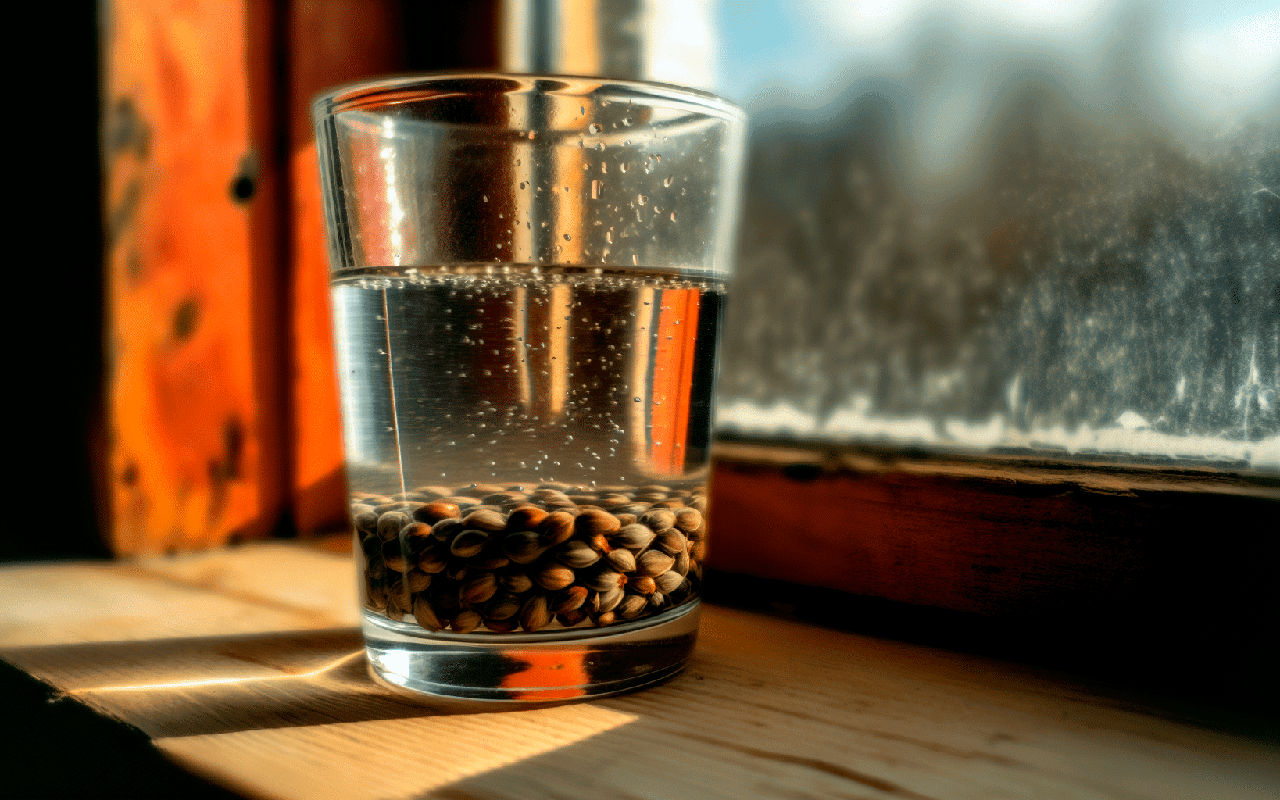
After understanding the factors that affect germination time, we can begin the journey of turning a cannabis seed into a sprout. This journey begins with an initial soaking that awakens the dormant seed. Once the seed is soaked, look out for signs of life indicating germination. Once a tiny white tip or root appears, the seed is ready to be planted. Let's take a closer look at each of these stages.
Initial soaking: awakening the seeds
The initial soaking of the seeds is the most important stage that starts the germination process. By soaking cannabis seeds in clean spring water for 12-24 hours, you soften the seed coat and increase the germination rate. This process is particularly effective for activating the dormant embryo in large, hard seeds, resulting in rapid germination within 48 to 72 hours.
The emergence of a tiny white tip or root from the seed is a clear sign of germination. This usually occurs after 4 to 10 days, indicating that the seed is ready for the germination phase.
Moving to the soil: planting germinated seeds
Once the tiny white tip has appeared, it's time to plant the germinated seed in soil or any other medium of choice. The growth of roots and the appearance of a young sprout indicate that the germinated seed is ready to be transplanted into the soil. However, it is important not to delay this process. Immediate planting of germinated seeds in the soil will avoid transplant shock and lead to a smoother transition and healthy growth.
Popular germination methods and timing
Now that we've covered the basics of the germination process, it's time to dive into some of the most popular germination methods and their associated timelines. Each method, whether it's the paper towel method, direct seeding into soil, or water immersion, has its pros and cons. Understanding these methods will help you choose the one that works best for your personal cannabis growing needs.
Paper towel method: a favorite among gardeners
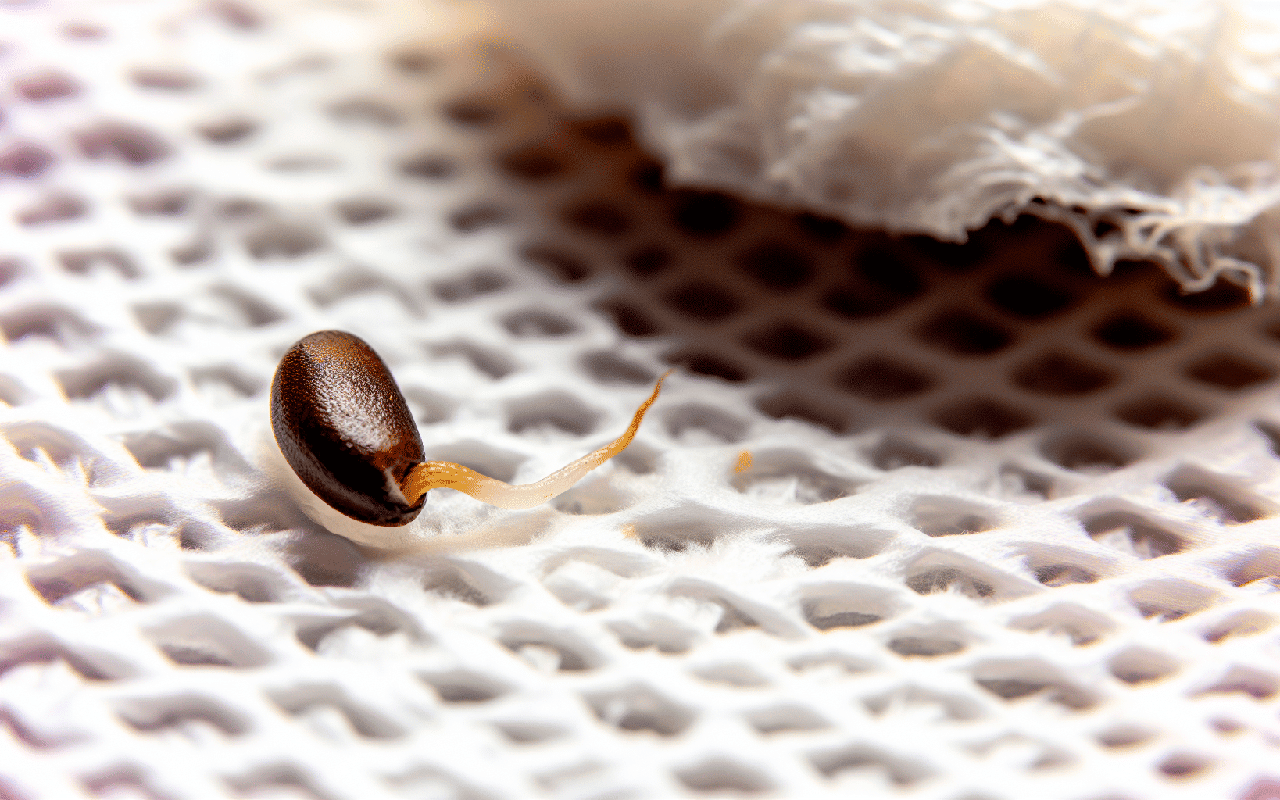
The paper towel method is a favorite among many cannabis growers, due to its simplicity and high success rate. This method involves moistening the bottom and top layer of a paper towel, placing cannabis seeds between them. Next, the wet towel with the seeds should be placed in a zipper-lock bag or other airtight container. When using this method, cannabis seeds usually germinate within 1 to 3 days.
To maintain optimal conditions for germination, it is important to ensure that the paper towels remain constantly moist and the seeds are stored in a warm and dark place.
Direct sowing in the ground: the natural way
Direct seeding is a natural and simple approach to germination. It involves planting seeds directly into moistened soil or other suitable medium, which simplifies the germination process by mimicking a more natural approach. With the right approach, sprouts usually appear within a week. However, for best results, it is recommended to keep the soil temperature between 25 and 27°C.
Immersion technique: pros and cons
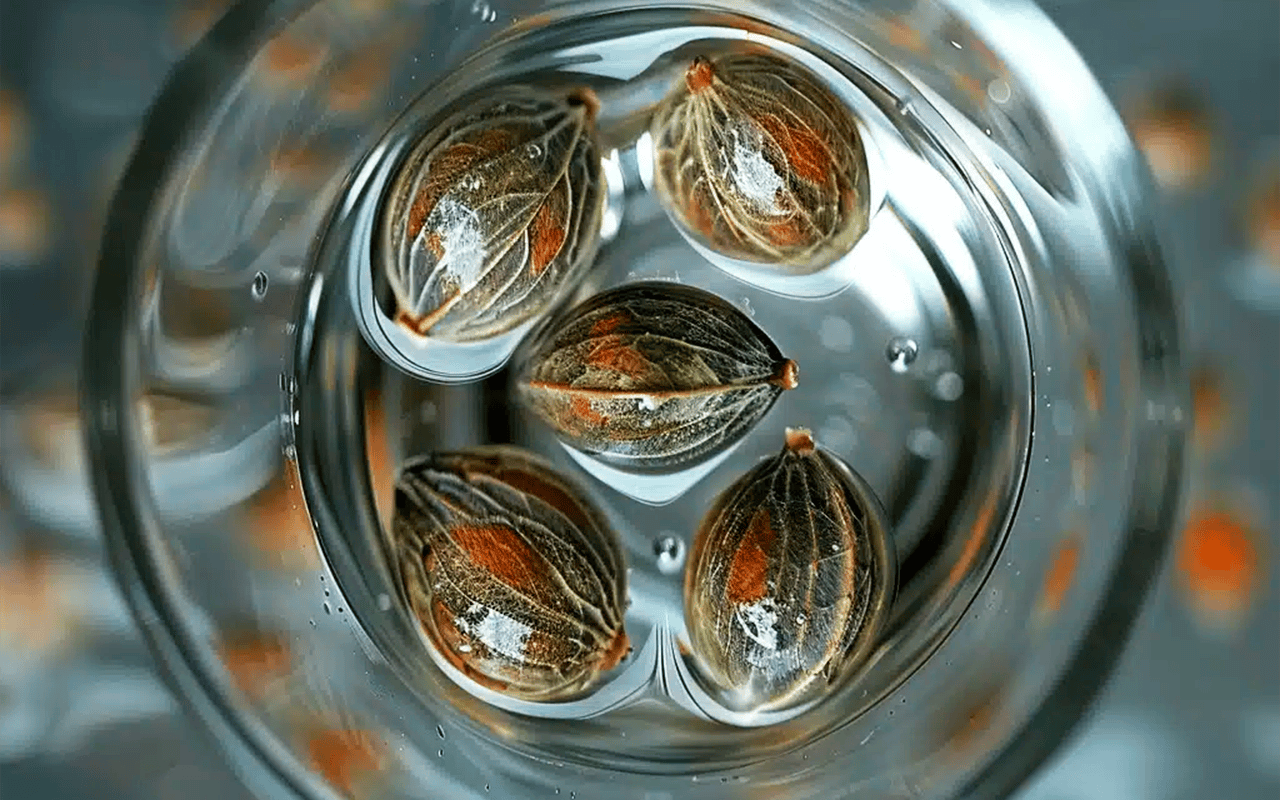
The water immersion method is another popular way to germinate cannabis seeds. The seeds are placed in a glass of water, where they are moistened and eventually submerged in water, usually within 24 hours. This method can speed up germination, but it is important to keep in mind the possible drawbacks. For example, the use of chlorinated or fluoridated tap water can negatively affect the health and growth of seeds, and the water temperature should be between 25 and 27°C.
Caring for young cannabis seedlings
After the successful germination of hemp seeds, the next stage is the care of young sprouts. This stage is very important, as proper care in the first few weeks can have a significant impact on the overall health and productivity of the plant. It is important to consider the following factors:
- temperature;
- humidity;
- lighting conditions;
- soil pH;
- frequency of watering.
Let's take a closer look at these factors.
The first few weeks: creating the perfect environment
In the first weeks of growth, it is very important to create favorable conditions for the development of cannabis seedlings. Here are some key factors to consider:
- Temperature: Seedlings grow well at temperatures between 20 and 25°C;
- Humidity: Keep the humidity level at 65 - 70%;
- Light: Provide the seedlings with 18 hours of light per day to promote active growth.
It is recommended to use a mixture of peat and perlite at about 50/50 % as soil, it provides excellent drainage, with a pH level of 6.0 to 7.0.
Nutrients and watering
In addition to light, temperature and humidity, nutrients and water play a crucial role in the growth of young cannabis seedlings. Nitrogen, phosphorus and potassium (abbreviated as NPK) are the main nutrients that seedlings need.
As for watering, it is recommended to water the seedlings every 2 to 3 days. But always assess the soil moisture before watering to avoid over- or under-watering.
Light and space: factors for strong growth
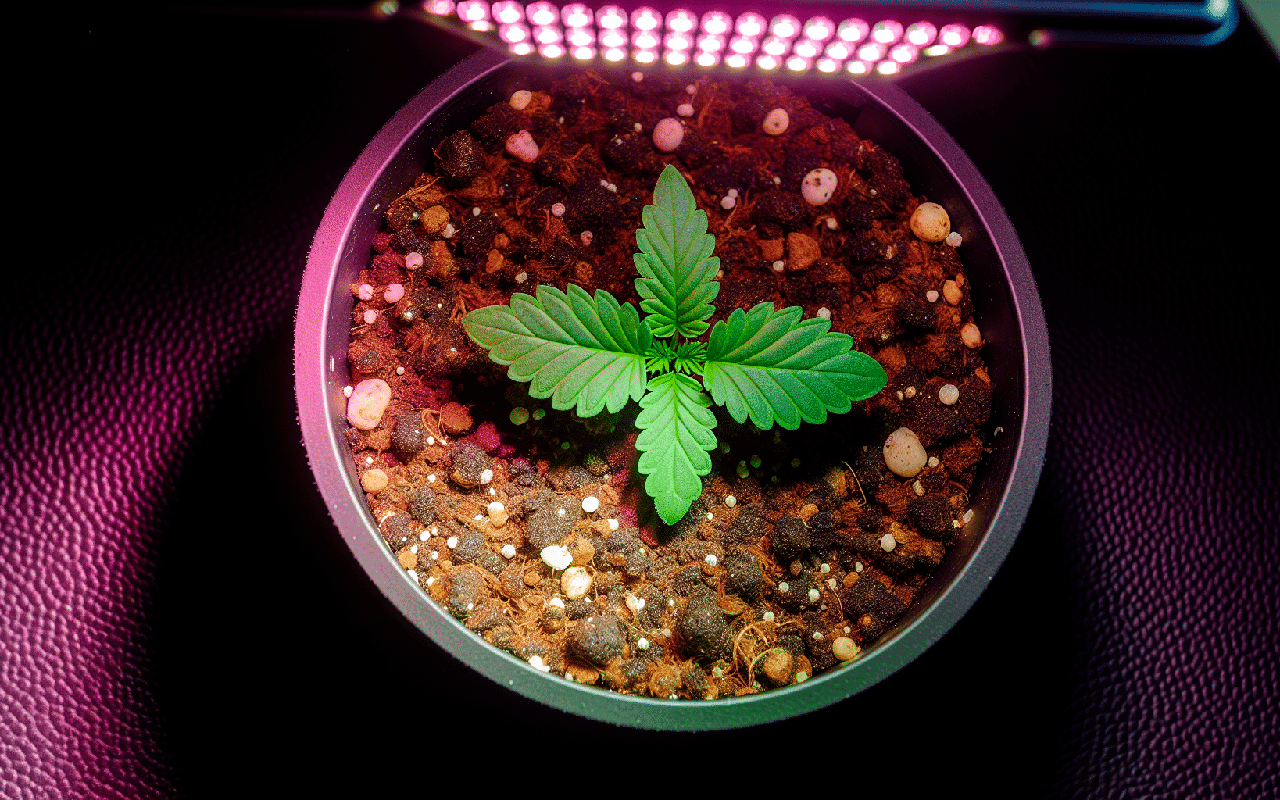
Sufficient light and free space are two of the most important elements that contribute to the strong and vigorous growth of cannabis seedlings. At the seedling growing stage, it is recommended to use an LED lamp or a similar lamp with a blue, white light spectrum (4000K). The distance between the lamps and the seedlings should be no more than 60 cm. Each plant, including flowering females, needs approximately at least 1 square meter to provide enough space for intensive growth.
Troubleshoot problems with slow or stunted germination
Even with diligent efforts, there may be situations where your cannabis seeds do not germinate as expected. Slow germination can be due to a variety of factors, including:
- the temperature of the germination medium is too high;
- poor quality seeds;
- poor soil;
- improper watering or moisture.
But don't worry! There are solutions to these problems that will help restore the seeds' readiness for germination. Let's take a look at these problems and their solutions.
Working with dormant seeds
Cannabis seeds can go dormant when faced with extreme temperatures - too cold in winter or too hot in summer. It's important to understand that some cannabis varieties typically produce a higher number of mature and dormant seeds. However, these seeds, including feminized seeds, can remain viable for a long period of time and germinate once they are exposed to favorable conditions.
Environmental factors such as soil water potential, light, temperature fluctuations, and drought can impede the germination of cannabis seeds. However, they can be overcome by creating favorable conditions, for example, by maintaining a temperature of 22-25°C and a relative humidity of 70-80%. These conditions are optimal for germination.
When to look for fresh seeds
If your cannabis seeds are not germinating despite your best efforts, it may be time to consider replacing them. Low-quality seeds, old seeds, or seeds found in cannabis cones purchased from unverified stores may have low germination rates. Always give preference to buying fresh, high-quality cannabis seeds from a reputable seed store to ensure a higher chance of successful germination.
Remember that cannabis seeds can remain viable for several months, and under optimal storage conditions, they can remain viable for many years.
Caring for cannabis plants after germination
The process doesn't end with germination. After germination, your cannabis plants require careful care and attention. Transplanting the seedlings into larger pots, maximizing the growth of the vegetative part and preparing the plants for flowering - each stage is crucial to ensure a successful harvest. Let's take a closer look at these stages.
Transplanting into large pots: timing and technique
Transplanting cannabis seedlings into larger pots is an important step that usually takes place at the beginning of the growing season if, for example, you are using cups, which is one of the common methods. This is necessary to ensure root growth and overall plant development. When repotting, be sure to handle the plant carefully and water it abundantly.
Remember that it is generally recommended to repot at night to reduce the effects of light on the roots.
Vegetative growth: maximizing the potential of your plant
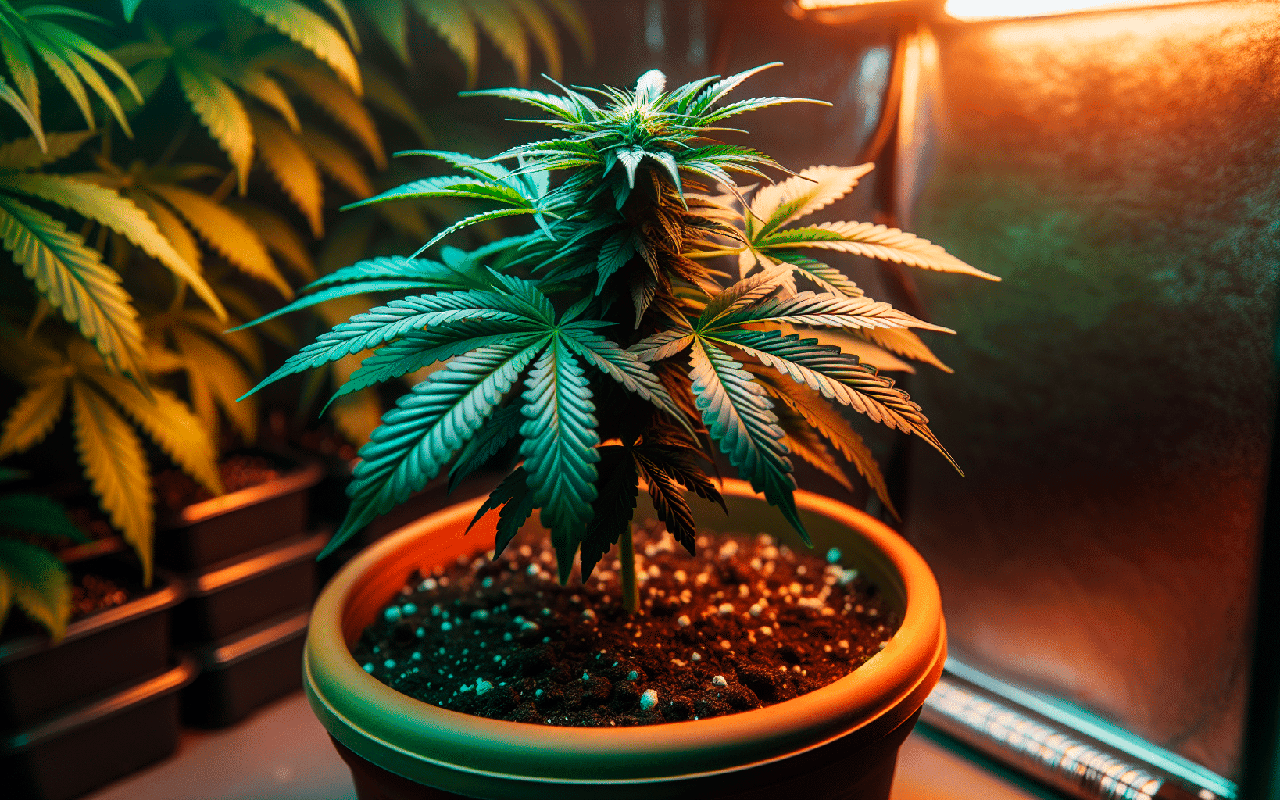
The vegetative stage is crucial in the life cycle of the cannabis plant, also known as marijuana. It is the stage that lays the foundation for successful flowering. During this stage, which typically lasts from 3 to 16 weeks, the plant develops a strong root system, leaves and branches. To optimize this growth, growers usually use an 18/6 light cycle. The recommended temperature at this stage is 18 to 24°C, and the humidity level is ideally 50-70%.
The flowering stage is the culmination of the cannabis growing process, when you finally see the fruits of your labor in the form of cones. At this stage, it is best to use warm light with a reddish tint, approximately 2800K.
Conclusions
From understanding the factors that affect the germination time of cannabis seeds to troubleshooting germination problems and caring for plants after germination, we have come a long way together. Remember that growing hemp is a process that requires patience and care.
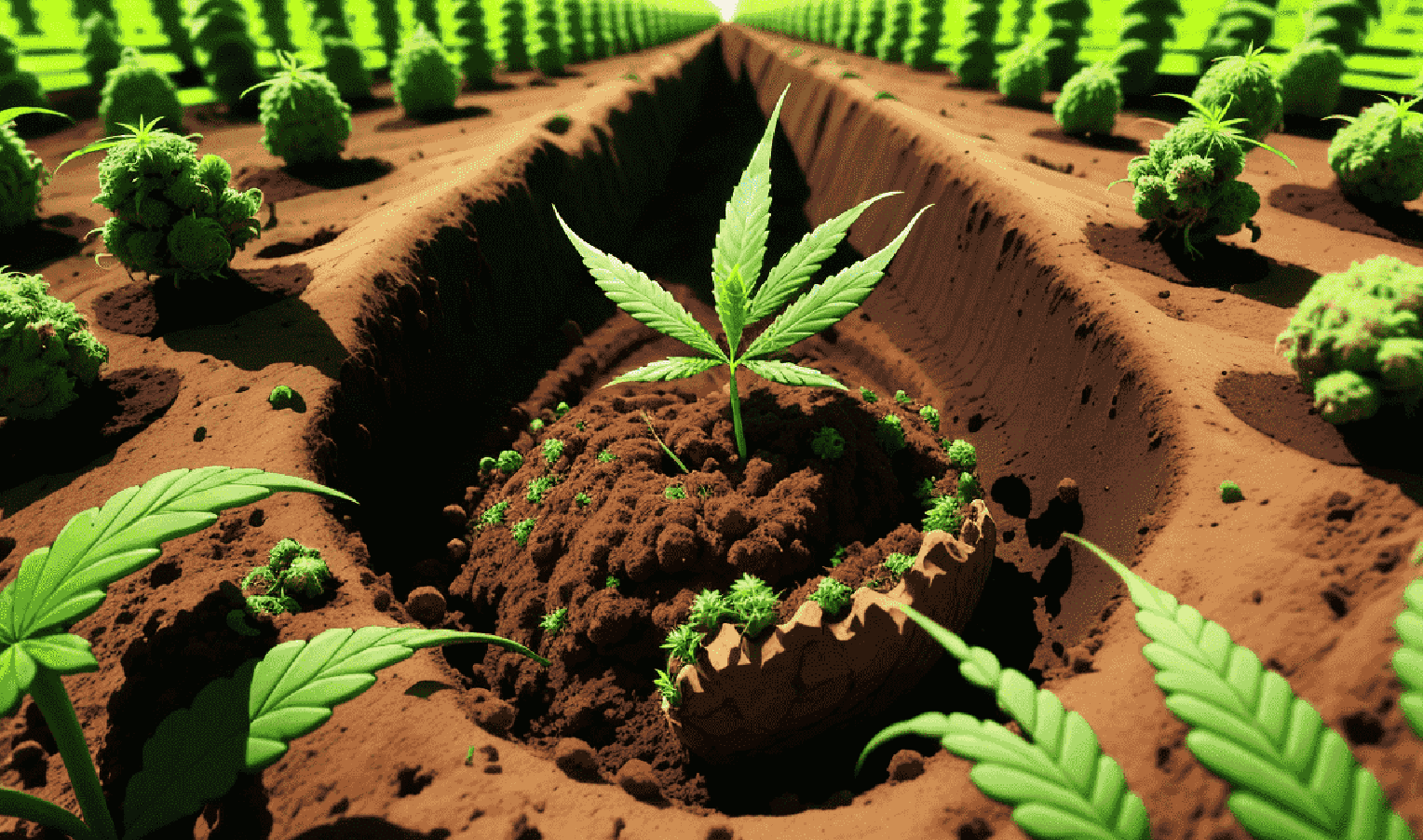
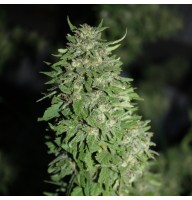
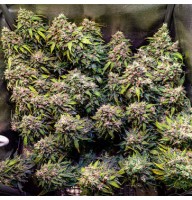
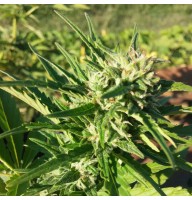
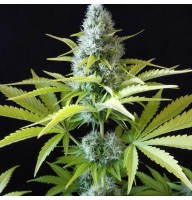
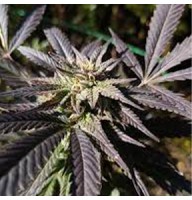
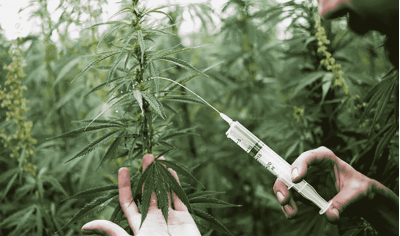
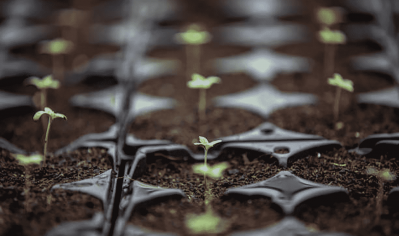
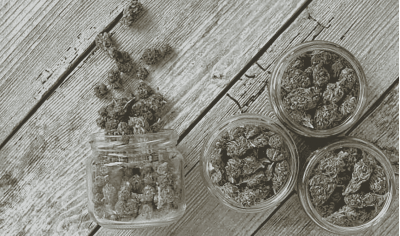
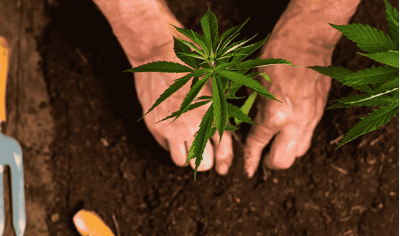
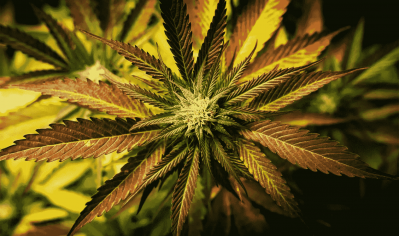
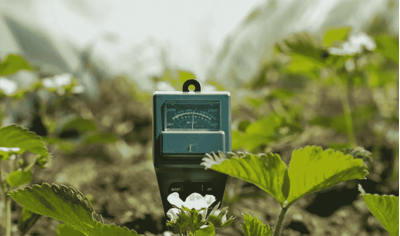
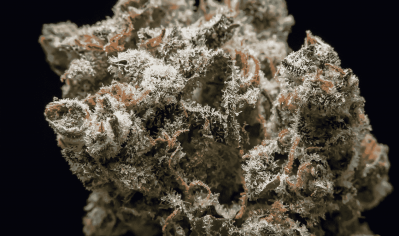




Write a comment